Eight years ago on 20 May – a Monday afternoon – the most destructive category of tornado, known as an EF5, touched down just outside the town of Newcastle, Oklahoma. For 37 minutes, with winds estimated at 210mph, it snaked its way northeast towards the city of Moore, forging a catastrophic path. More than 1,000 homes were destroyed, 24 people were killed and 377 were injured. The damage was estimated at $2bn.
Late that same night I drove from my then-home in Austin, Texas, the five-and-a-half hours to Moore to report on the aftermath. On the way into town the following morning, I passed abandoned cars that told their own story of panic and terror. I saw houses that had been ripped from their foundations.
I didn’t know him at the time, but a man named Rich Hamel was also in Moore that morning, driving through, surveying the damage after he had spent the week following other storm systems in Kansas and Nebraska.
Hamel is a storm chaser. You’d think he’d have been eager to witness what was rightly called a “monster” storm. But he remembered what another tornado had done to Moore years earlier. “I’m not interested in chasing storms that have entire cities in their sights,” he says now.
Today, anyone with a car and a smartphone can go storm chasing. There are apps that precisely anticipate where a supercell will form and where a tornado will make landfall. But as meteorologist Matthew Cappucci wrote in the Washington Post last year, this increase in hobbyists has meant “poor driving habits, traffic jams as cars converge near violent storms, and the dangers of rogue chasers”.
It’s not just the thrill of the chase. People follow storms to help improve advance warning systems or to capture ever more detailed and incredible photographs. In 2009, researchers at the University of Missouri surveyed people who signed up to go tornado chasing with five tour companies and found that 62% were men, 63% were single and their average age was 42. While it is a male-dominated activity, several female chasers have made an outsized contribution to the pursuit. Jennifer Brindley, a photographer based in Wisconsin, has appeared in numerous documentaries on tornado chasing and co-founded a charity, Storm Assist, to help tornado victims.
“I think storm chasing is full of younger people now,” she says. “I’d call myself a member of the Twister generation – those who saw the movie and were infected with the bug. The lead in that film was Helen Hunt, probably the first public representation of a woman in storm chasing. I went on my first chase in 2007, when there were admittedly not many women doing it.”
Meanwhile, Jennifer Henderson, a scholar and storm chaser, has written evocative, powerful pieces that manage to capture the immensity of a storm. “Chasing remains for me a form of religious practice; an encounter with the Wordsworthian sublime,” she wrote in an essay for the American Scholar in 2013. “Almost in spite of myself, I know I’ll join the chase again.”
A draw for storm chasers is the intoxication of likes, comments and views of the photos and video they produce and then upload to their social media channels. This democratisation of storm chasing has also fuelled a demand for footage. A YouTube clip inside a tornado has 22m views; an extreme closeup video of a tornado in Colorado has 35m views; Crazy Guy Runs Into Outback Tornado To Take Selfie, 19m views.
Elsewhere, though, serious chasers contribute to our scientific understanding. They help researchers learn more about them so prediction models improve. Currently a tornado warning comes about 15 minutes before one makes landfall, which is barely enough time to take shelter, let alone evacuate. And storm-chasing tours are often led by meteorologists who want to impart their knowledge.
That’s what motivates Rich Hamel to spend weeks out of his year driving thousands of miles across the Midwest. His interest in storms began when he was a child– – he remembers sitting on the family porch with his sister in New Hampshire watching thunderstorms roll in. Then, on a work trip in 2000, he paid to go on a storm-chasing tour. He laughs about it today – there wasn’t much to see and there were “several days of what we call ‘severe clear’” – but he became hooked on the science and was determined to somehow weave it into his career. Hamel went back to college for a master’s degree in atmospheric science. He got a job as an air quality meteorologist and now also spends his summers working as a guide, taking parties out on tours.
It’s a delicate balance, keeping safe and making sure you see what you want to see. “One thing to always remember is a tornado can only go in the direction the storm is going,” Hamel tells me over coffee near his home in Massachusetts. “They can wobble a bit, but they can’t turn around and come get you as movies might suggest.”
Hamel says the optimum place for viewing a tornado is just underneath what’s known as the “inflow notch” – the part where air is being pulled into the storm. “If you’ve ever seen a radar image of a tornado storm, you have a hook echo – an appendage that dangles off the end of the storm, which is where the tornado will be. If the storm is moving southwest to northeast, you want to be southeast of it so you can look into the inflow notch to see the tornado, but also so you can escape.”
Sometimes, escape is the best option. The only EF5 storm Hamel has seen is the one that destroyed part of Joplin, Missouri, in 2011. He had been chasing in Kansas, but says it was a “bust of a day” and his party began heading towards the Missouri border. “I saw huge amounts of debris flying over the top of us. We blasted down the highway with the tornado off to our left and eventually got clear,” Hamel says. “The only vehicles going north were emergency vehicles, and everyone in the van was silent.”
Hamel says selling videos of storms used to be lucrative, but today a lot of people just upload their footage to YouTube, happy with just a credit from the numerous media organisations that want to use it. “I’ve never sold a video. I had pictures in a calendar. But I don’t chase to make money,” he says. “If you get a video of a house exploding you can make some money, but the last thing I want to do is see someone’s house get destroyed. I feel fortunate that I’ve seen about 110 tornadoes and, other than Joplin, I haven’t seen that much damage done by them.”
The problem with the majority of inexperienced storm chasers is that they may have all the technology they need on their phone, but they don’t know what to do with it once they get there. “They’re the ones you see on the road with their windshields blasted out by hail,” says Hamel.
It used to be the case that storm chasers would head to Mississippi and Georgia in April; moving to Texas, Oklahoma and Kansas – the traditional Tornado Alley – by May. Then on to Nebraska, Colorado and the Dakotas in June and, finally, up to Ohio, Minnesota, and Illinois by August before the storms recede for the year. But according to Hamel climate change has impacted the storm season – it’s starting earlier each year and travelling further south. “I have 20 years of data since I started, and for the first 15 years I’d never pushed into southern Texas. Then we began chasing down near San Antonio, and we’d find ourselves down there every year.”
Skip Talbot was seven when the town of Plainfield, Illinois, where he grew up, was partially destroyed by an F5 tornado. His dad was a policeman and one of the first responders. Today, in his spare time, Talbot is a storm chaser and what strikes him most, 30 years on, is that Ted Fujita, the meteorologist who developed the eponymous scale to measure tornadoes, surveyed the damage in Plainfield and remarked that it was some of the most intense tornado damage he’d ever seen. Yet there’s very little to mark it – no photos or videos of it exist. It’s a scenario that’s impossible to imagine today, with smartphones, social media platforms and an audience eager for ever-more dramatic footage. Despite the surge in demand, it can be difficult for storm chasers to make money from their footage. “If it’s a rare shot or film, you could make some money. But YouTube has got weird recently,” Talbot says. “If you’re not already established on the platform – which means 1,000 subscribers or 4,000 viewer hours in the past year – then it’s difficult to make anything from your channel.”
It shows that the storm-chasing market is becoming ever more competitive. “A lot of people in the community are trying to protect their footage,” Talbot says. “But with that there’s an urge to get the closest, most destructive shots. There are more people out there getting nearer to disaster areas – and that’s not a good thing. Back in the day it’d just be a few of us chasing in the middle of nowhere.”
Hank Schyma, a musician and veteran storm chaser based in Texas, is fully aware of the potential dangers these days, especially for the inexperienced enthusiasts. Schyma, who posts under the name Pecos Hank, shot one of the most popular storm videos. Entitled “Largest Tornado Ever!!!”, it has had more than 20m views. The tornado in question touched down just west of El Reno, Oklahoma, in May 2013. At its widest it stretched 2.6 miles across and Schyma says it’s the largest ever recorded. The video he shot has a documentary feel to it. He had time to steady the camera on a tripod, to shoot cutaways of wildlife and to capture the biblical darkness swooping across the plains.
Schyma believes storm chasing has a more positive value beyond shares on social media. He works with atmospheric scientists Dr Leigh Orf and Dr Anton Seimon to ensure that the information and media he collects from storm chasing can be helpful. Using hundreds of tornado photographs that he has taken over the years, the scientists have created simulations to estimate the wind speeds of certain storms. “If I can contribute something to society, that’s so awesome,” he says. “I never dreamed I’d take it as far as I have.”
What Schyma loves is being able to share the savage beauty of a tornado in its natural environment – like the sweeping prairies of Oklahoma. “I love BBC Earth,” he says. “You watch these shows about Antarctica or the Serengeti with this serene cinematography, but with storm chasing the popular videos are all about drama and shaky cameras. I want to see a doc done like Antarctica, to really show how beautiful the Great Plains are.”






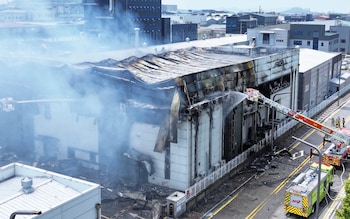










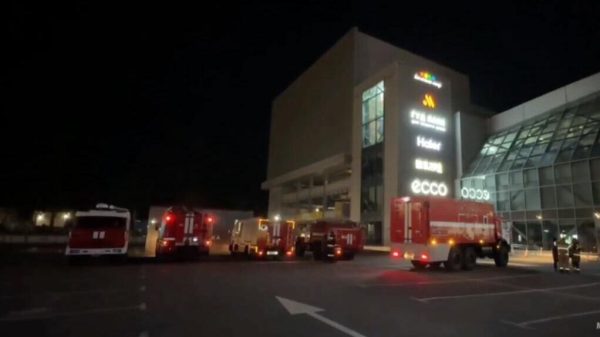
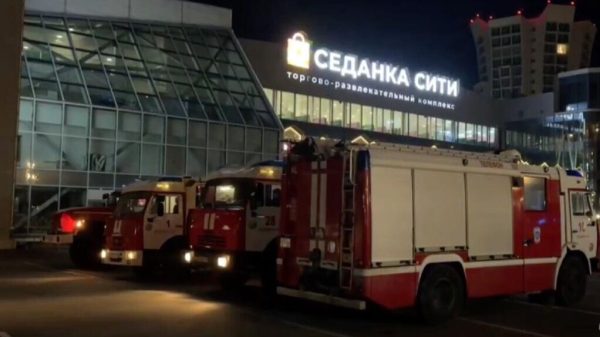

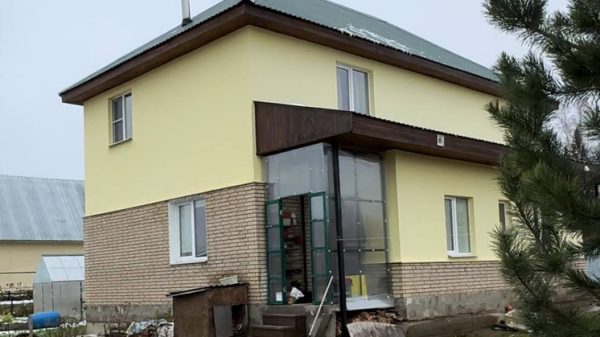




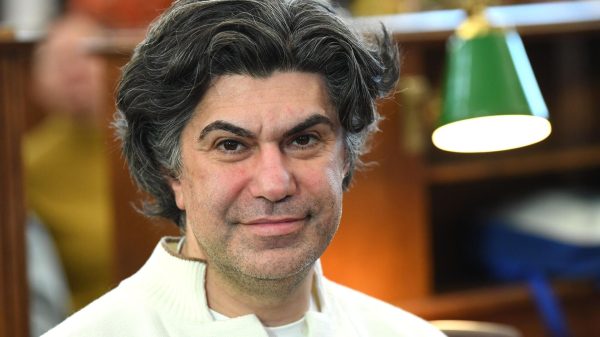


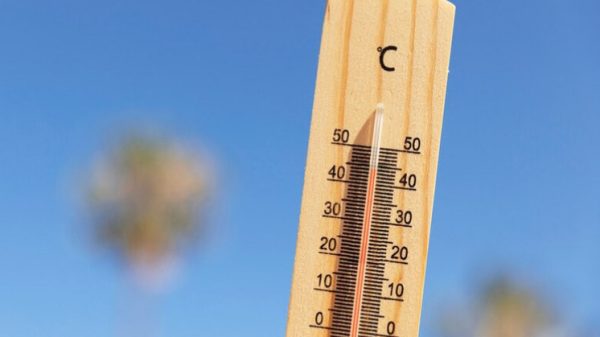
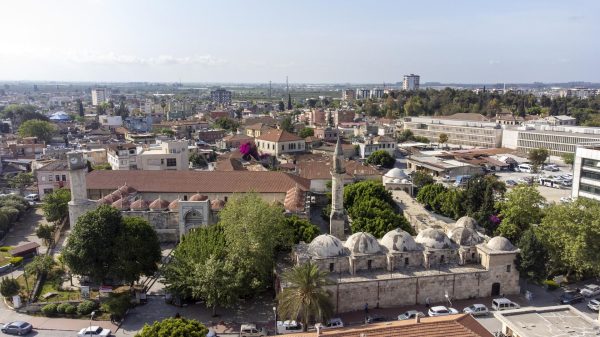




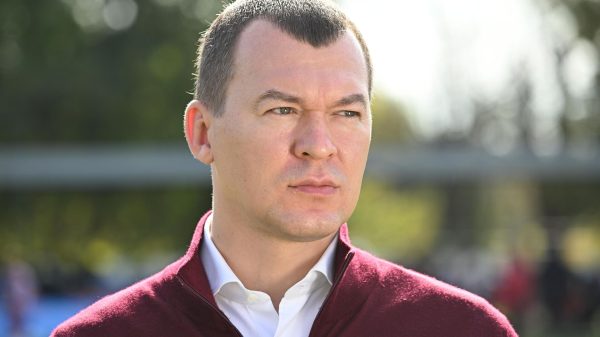










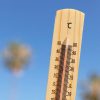






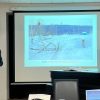






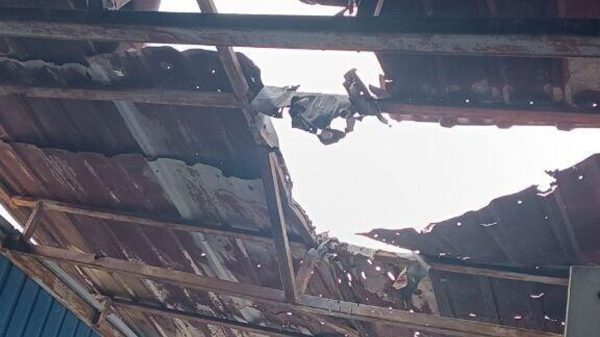
Свежие комментарии